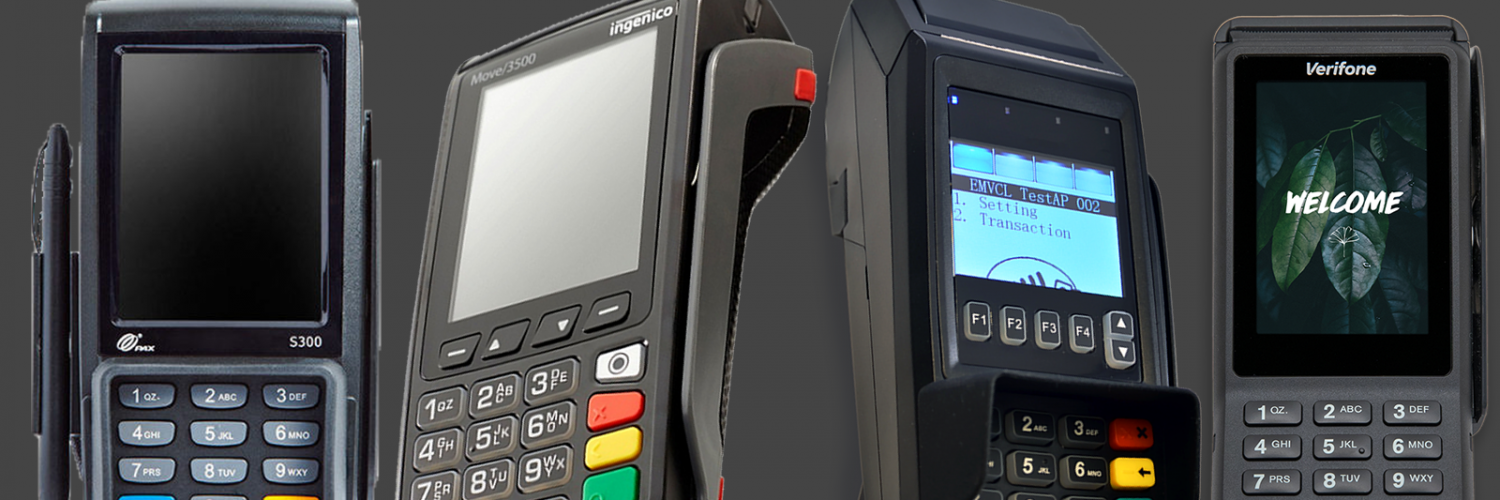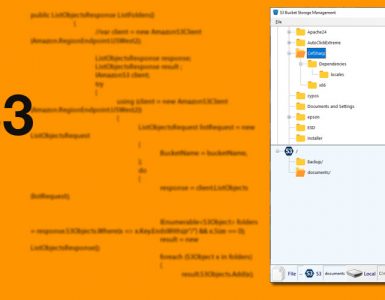Since the implementation of the liability shift by payment processors, the Semi-integrated systems have gained popularity.
Before I continue, I want to make sure that you know what the Liability Shift and Semi-Integrated systems mean:
Please see my article about the Semi-Integrated vs. Fully-Integrated systems.
In the spirit of full disclosure, you also should know that I worked for Pax Technologies as a Sales Engineer from 2018 to 2019. I promise you that my former association will not grant any favor to Pax in this article.
The Liability Shift
On October 1, 2015, the banks and card processing networks changed their ways of handling certain chargeback disputes and frauds. The liability shift, the responsibility for some types of fraudulent charges, can now fall on businesses if they don’t use an EMV (chip card) processing device to process chip-activated credit and debit cards.

Semi-Integrated device options
Semi-integrated techniques have provided software developers with many opportunities to directly, and without using any third-party middleware or gateway, integrate their software to certain types of credit card processing terminals and pinpads.
Semi-Integrated systems keep the POS developers almost outside of the scope of the PCI rules, and it’s a secure way to take advantage of integrated processing methods.
Several device manufacturers offer Semi-Integrated devices. But the four most common terminals, that I will discuss in this article, are from (alphabetically):
- Dejavoo
- Ingenico
- Pax
- Verifone
My viewpoint is one of a developer who wants to choose a device to build a Semi-Integrated system. My focus would be on the accessibility, support, device variety, the API and development process, and cost.
I will merely share what I have learned over the years due to my hands-on work with them.
Dejavoo

Back in 2015, I implemented a Semi-Integrated payment with Dejavoo for my core POS engine. The entire process, from studying the integration method and the SDK to writing the code and testing it, took less than a day. I was impressed!
SPin
The SPin from Dejavoo gives you the freedom to launch a terminal on any network to process EMV cards securely.

Dejavoo utilizes a cloud-based platform to process EMV, making it an excellent choice for any online (web-based) application that needs a card-present integration. It’s also an advantage when you don’t rely on the local network.
Your Dejvoo terminal obtains an IP, which could be different from your POS IP address. However, because it’s using SPin to access the terminal, it can always communicate with your POS system back and forth during a transaction.
For example, if your POS terminal’s IP address is 10.1.10.22, and your Dejavoo Z8 has the IP address of 192.168.1.15, your POS still connects to your Dejavoo terminal, despite its IP address.

DeNovo
Dejavoo also has Denovo. DeNovo is a portal to access back-office data for Dejavoo terminals. In other words, Dejavoo stores every transaction that you process in its cloud system.
Overall, DeNovo could be the repository of transactions, if you don’t have any other methods of storing and accessing the individual transactions, such as a gateway.

Dejavoo Hardware
Dejavoo offers a fair number of WiFi, Bluetooth, 3G, and 4G terminals. The only Android device in their hardware lineup is Dejavoo’s QD1, which is not currently available.

Dejavoo Pricing
In addition to the cost of the pin pad terminal, Dejavoo charges a monthly fee to access their platform.
Support
Dejavoo provides 24/7 support, but there have been times I have been extremely disappointed with their help. I leave it at that.
Ingenico

Ingenico is founded by Jean-Jacques Poutrel and Michael Malhouitre in Paris, France in 1980.
To access the payment platforms within Ingenico ePayments, you must use Ingenico Connect (or IC). IC is a set of tools and services to help you integrate to Ingenico with all the latest REST API technologies, SDKs, and tools that you need.
There is a fair amount of documentation about Ingenico ePayments.
Ingenico provides a wide range of SDKs:
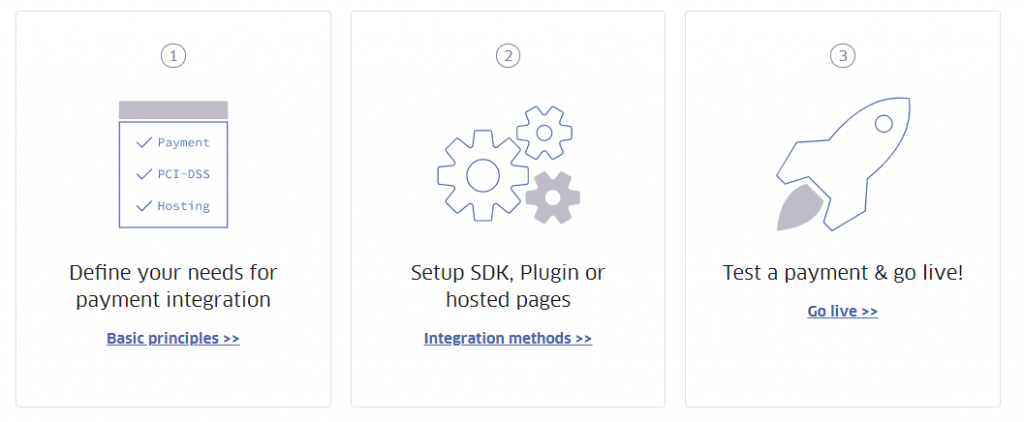
Server-side SDKs
- Java SDK
- PHP SDK
- Node.js SDK
- .NET SDK
- Python SDK
- Ruby SDK
- Go SDK
Client-side SDKs
- Android SDK
- iOS SDK
- Swift SDK
- JavaScript browser SDK
Each Ingenico ePayments SDK is a wrapper for their RESTful API, and it makes the development easier.
Visit Ingenico ePayments Developers website here.
Ingenico Hardware
The collection of terminals and pin pads for semi-integration at Ingenico is relatively large. From Android terminals to the retail pin pads and mobile devices.
(Ingenico images)
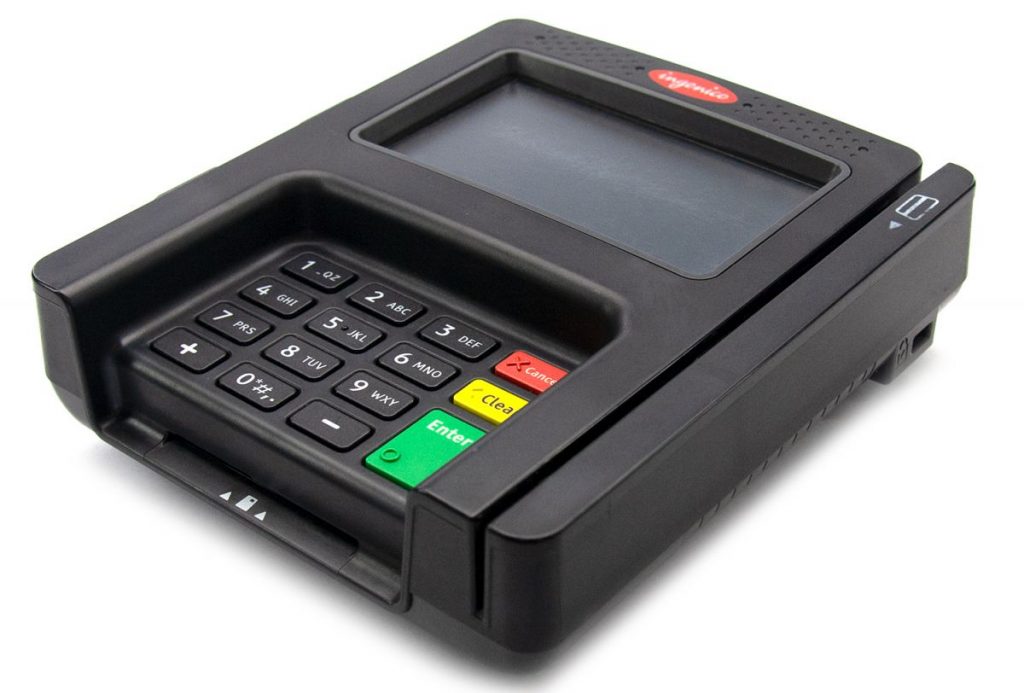
Ingenico Integration

Although Ingenico has an impressive set of APIs, I found it hard to get support for integration. Outside references are scarce and usually useless to developers.
I participated in one Ingenico integration. I never forget how difficult it was to get responses to our inquiries!
Despite a large footprint in the payment industry, Ingenico has not been very enthusiastic to small ISVs and individual developers. Maybe it’s a French thing!
Pax
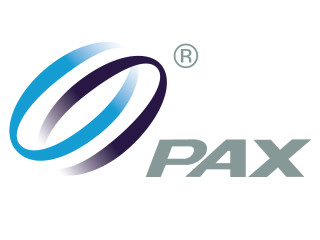
My first semi-integrated project back in 2014 was with Pax.
In a search for a solution to accept and process chip cards, I learned about Pax.
The process was very straight forward. I emailed Pax and requested their SDK and documentation.
I received Pax POSLink SDK and a PDF file that explained how to make different calls to run the Sale, Return, Void, and other transaction types.
The POSLink SDK is for .NET Framework (both 32 and 64 bits) and relatively easy to understand.
I was very excited when I send my first transaction, and the S300 PIN pad lit up and asked, “Insert, Swipe, or tap.”
Pax has separate SDKs for iOS and Android devices as well.
Since my first development, I have done many integrations to Pax and also developed countless apps using Pax as the semi-integrated device.
Pax has risen to the second-largest terminal and PIN pad provider in the US market in a relatively short time. For the most part, Pax owes its great success in the US to its excellent team of professionals who joined the company when older and more established competitors, like Verifone, failed to keep up with the consumers’ demands and consequently lost their talented employees.
Integration
I can say that I have written extensively about Pax semi-integrated techniques (see this – link to Pax).
Pax has “The Interface Specification Between ECR/PC and Terminal,” an excellent document for those who want to go deeper in integration and have low-level access to their device.

Unlike Dejavoo, which comes with a Cloud-Based feature (SPin) and allows you to access your terminal from any network, Pax has closed this option.
If you wish to use a Pax device, you have to use a connectivity method, and if you are using TCP as the communication protocol, your Pax terminal must be on the same network as your POS system.
Let me give you an example:
Your Pax S300 PIN Pad has the IP address of 192.168.1.15
Your POS system must be on the same network, which means it should have an IP address like 192.168.1.X.
If your POS terminal is on a different subnet, let say 10.1.10.22, it won’t be able to communicate with your S300.
In a cloud-based scenario, like what we have with Dejavoo, your POS still connects to your Dejavoo terminal, despite its IP address.
Nevertheless, there are a couple of companies that offer a Cloud-Based solution for Pax (Look at Sound Payments and eConduit), and you could also build your platform as long as you can gain access to the know-how and proper SDKs and documentation.
Terminal Management System
Pax BroadPOS is very well known. It is Pax’s terminal management portal. In BroadPOS, you can build a file based on your processor’s provided parameters and make ready for your terminal (or PIN pad) to download it.

Pax has introduced Pax Store and Marketplace, an attempt to create an ecosystem for Pax smart devices and enable developers to develop and distribute apps for Pax Android terminals.
Pax Store supports legacy terminals such as S300, and you can use it to replace BroadPOS.

Almost all of Pax’s customers have been using BroadPOS as their TMS, and now that Pax pushes the customers to use Pax Store, it’s a huge task to move the terminals from BroadPOS. In many cases, we are dealing with thousands of terminals, which a massive group of them are in live mode and processing credit cards for merchants.
Pax has been talking about a tool to import BroadPOS terminals to Pax Store in a bulk process, securely and without downtime. I haven’t seen the tool yet, and I am aware of whether such a tool exists.
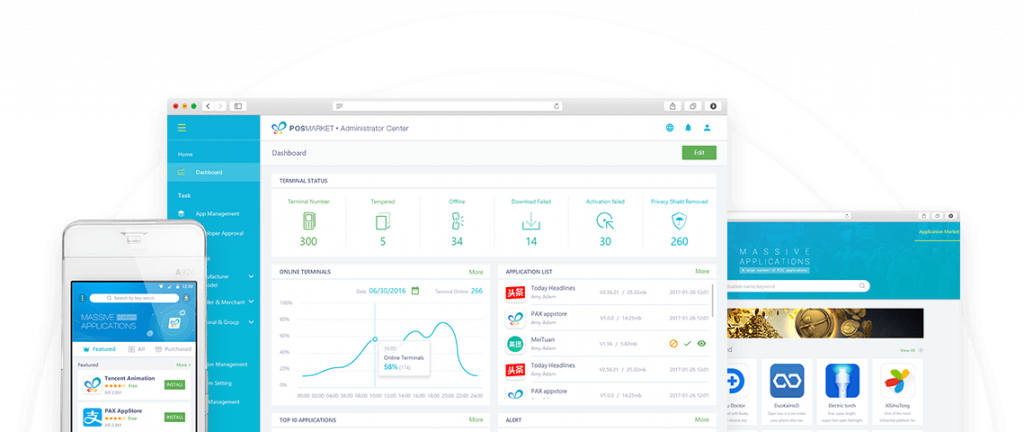
I suggest you request your Pax Store account from Pax and learn more about it if you have not done it yet.
Pax Hardware
Before becoming a major terminal and PIN pads provider in the US market, Pax had a vast footprint in China and Asia. Many of the Pax devices have been in use for many years in China and other Asian countries and markets.
So, when Pax opened its US market, it brought a broad array of products to the market, and over the years, it has adopted more devices from its Asian market.
Pax A-Series, which are Android-based smart devices, are unique in their design and performance.

Pax also offers E-Series, which are similar to Carbon products from Verifone.
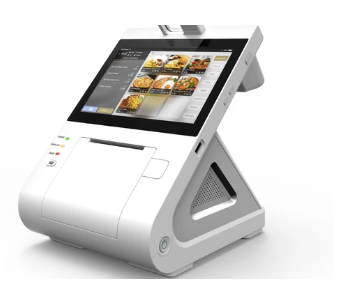
I believe Pax S300 is by far the most famous semi-integrated PIN pad in the market, an excellent achievement for Pax as a relatively young company on the US market.
Support
Pax support team has been improving, and the Pax developers’ portal is becoming a good source of information for developers.
For the most part, Pax owes its great success in the US to its excellent team of professionals who joined the company when older and more established competitors, like Verifone, failed to keep up with the consumers’ demands and consequently lost many of their talented employees.
Verifone

Perhaps the largest share of the payment terminals market is still in Verifone’s possession.
Verifone, with its long history and impressive list of hardware, has not been what you expect from an American enterprise in recent years.
In my dealings with Verifone, I cannot recall even a single bright moment. I sincerely wish I could get Verifone’s slightest attention when I reached out to them as a developer.
Verifone Hardware
Verifone has an extensive collection of credit card terminal, pin pads, and smart payment devices.
Verifone’s multilane, countertops, and classic PIN pad POS offer advanced features and functionality are in these devices. Whether it’s essential payment acceptance or more advanced features, these devices provide merchants and developers with the tools and flexibility they need.
P200, P400, VX820, and VX805 are good options for semi-integrated solutions.

Verifone also has introduced its Carbon smart devices. Carbon comes with its ecosystem, which includes Verifone Marketplace and app development tools.
Integration
Verifone offers SDKs for Android, iOS, and Windows developments. Communication between your application and the terminal could be any of the following methods:
- TCP
- Bluetooth
- USB
For legacy pin pads (without an Android OS on the pin pad), you can use any of the SDKs provided by Verifone to build a semi-integrated solution.
https://developer.verifone.com/docs/develop/develop-terminal-apps/api-documentation
When it comes to smart terminals, Verifone has an extensive series of SDKs and APIs for developers.
Verifone’s Carbon family of products is an integrated POS hardware that takes advantage of Android OS and allows developers to build new apps and deploy them on the Carbon unit.
Think of Carbon as an All-In-One POS station with a secure payment device installed on it.
As the developer, you build a POS app, which utilizes the potential of Carbon and provides a secure and modern terminal to your customers.

Carbon’s integrated design includes dual screens for merchant and customer interaction. It operates as a full-feature countertop or portable POS with flexible connectivity options for reliable performance.
The App development process for Carbon is similar to App development for any Android device, and the only extra piece is the payment device and the communication with it.
You could develop apps for Verifone’s Carbon and offer them on the Verifone Marketplace.

Last words
I tried to give you a fair assessment of your options for semi-integrated systems. These four are not the only games in town.
There are many more terminal manufacturers and providers, but the four that I discussed here own over 98% of the market and offer apps for virtually any processor there is.
All four platforms have many similarities, but in the end, your choice comes down to ease of integration, support, price of the terminal, and cost of the platform.
As I mentioned at the beginning of this article, I was not going to rate these providers, and my only purpose is to share my knowledge and experience.
I invite you to please share your experience and feedback with me.


